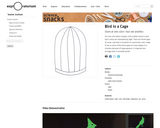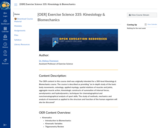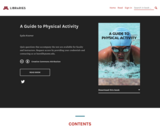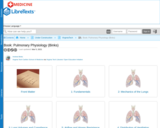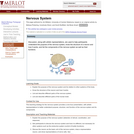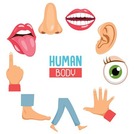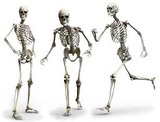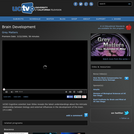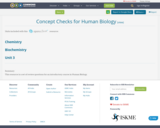Short Description:
Le livre interactif Écophysiologie évolutive présente cette sous-discipline de la biologie dans laquelle on étudie le fonctionnement et l’évolution des réponses physiologiques des organismes face aux nombreux défis de l’environnement. Le livre cible les étudiant.es du baccalauréat en biologie en intégrant des notions de différentes sous-disciplines de la biologie, telles que la physiologie animale et végétale, la biologie moléculaire et cellulaire, la génétique et l’évolution.
Long Description:
Le livre Écophysiologie évolutive présente ce domaine qui vise à comprendre le fonctionnement et l’évolution des réponses physiologiques des organismes face aux défis de l’environnement en combinant des notions de physiologie, de biologie cellulaire, de biologie moléculaire, de génétique et d’évolution. Ce livre vise à combler un besoin pédagogique précis : avoir du matériel de référence en français dans le domaine de l’écophysiologie au premier cycle universitaire qui soit ouvert, interactif et qui favorise une approche de pédagogie inclusive. Ce livre est divisée en trois unités complémentaires : 1) Causes et conséquences de la variation phénotypique, 2) La physiologie agit comme interface entre l’environnement et l’organisme, 3) Évolution des systèmes physiologiques. Le sujet de chaque unité est présenté par une entrevue vidéo avec une professeure-chercheure universitaire dans le domaine qui présente son parcours et les travaux de son groupe de recherche.
Chaque chapitre débute avec une introduction et une présentation des objectifs spécifiques et les notions clés. Le texte du chapitre est accompagné de figures, vidéos, tableaux et activités de révision interactives H5P. Le chapitre se termine avec une section « Cas appliqués » qui illustre les concepts théoriques grâce à des exemples de la littérature scientifique, des entrevues vidéos avec des étudiant.es au doctorat qui présentent leur parcours et leur projet de recherche et une visite virtuelle interactive d’un laboratoire de recherche en écophysiologie évolutive. Le chapitre se termine avec un résumé des notions vues et une activité de révision interactive H5P (schémas et images à annoter, vidéos avec questionnaire intégré, textes à trous de révision, quiz à choix de réponse, vrai ou faux).
Le public cible de ce livre est d’abord les étudiant.es du cours BIO-3103 : Écophysiologie évolutive, du programme de baccalauréat en biologie de l’Université Laval, cours créé par l’auteure et qu’elle donne depuis 2018. Le second public cible est les collègues qui enseignent des notions d’évolution et de physiologie dans leurs cours à l’université, au CEGEP et dans les diplômes équivalents à travers la francophonie, ainsi que les personnes apprenantes qui suivent un cours dans ce domaine et qui veulent un texte de référence en français.
Word Count: 54839
(Note: This resource's metadata has been created automatically by reformatting and/or combining the information that the author initially provided as part of a bulk import process.)
